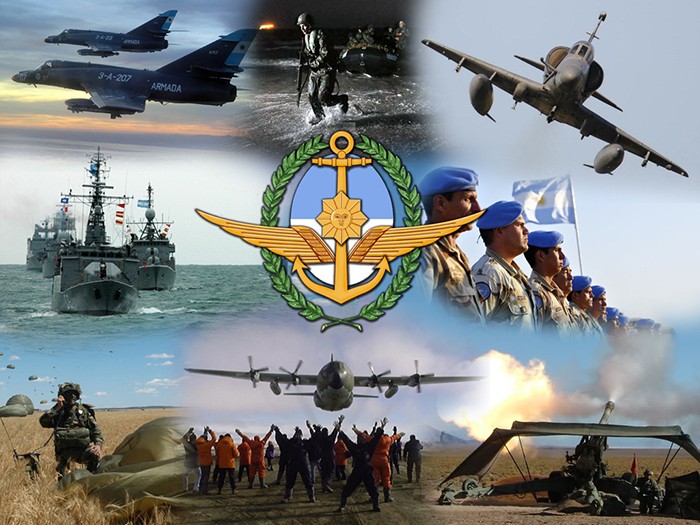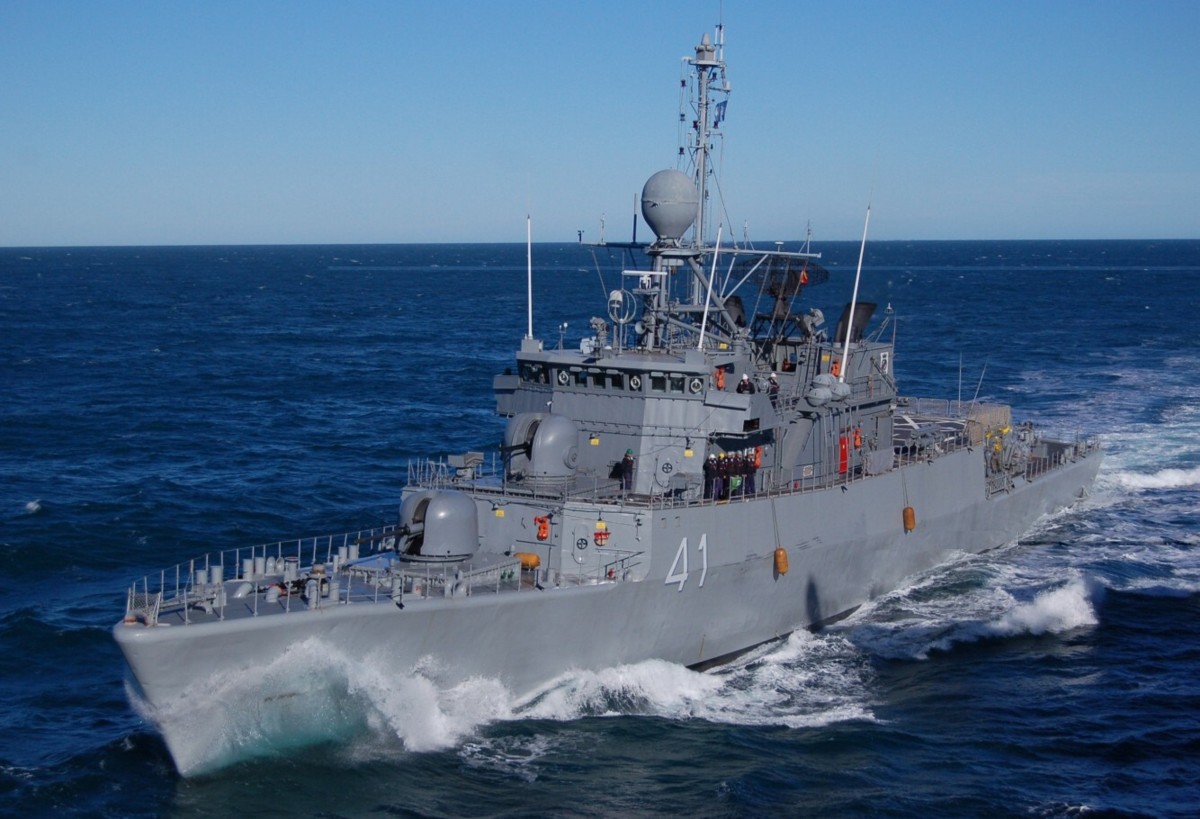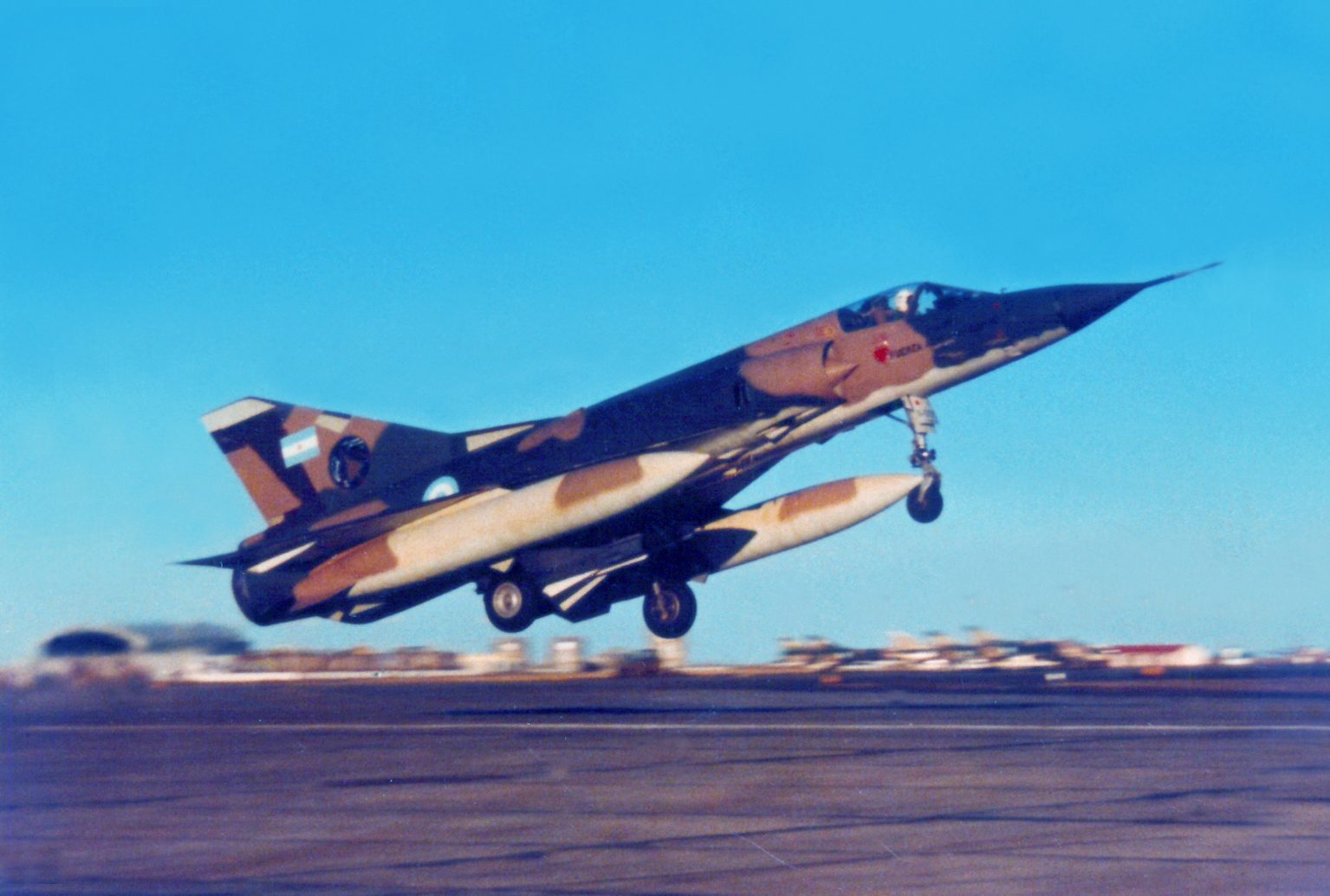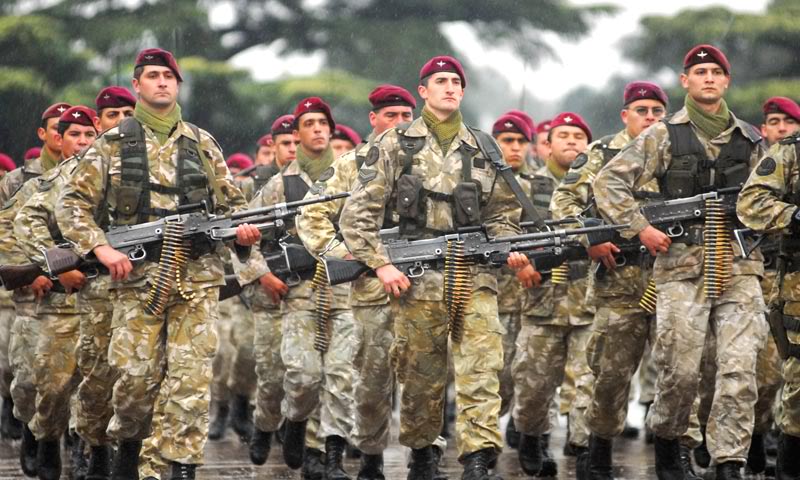RIO DE JANEIRO, BRAZIL – It is essential to take a brief look at the specific weight of Argentina in the concert of nations to determine if there is a relationship between this weight and the efforts of the nation-state to satisfy the demand for defense.
First of all, it can be said that the country has the eighth largest surface area on Earth, which means that its geopolitical position is that of a continental state since it is located in South America. That of a bicontinental state since it lays claim to part of Antarctica, with 13 permanent and temporary bases.
Proportionally, and considering the area it claims, Argentina projects a total surface area of 3,761,274 km2, making it the seventh-largest on Earth. Following the same pattern but subdivided by land, it claims almost twice the size of its continental shelf, a powerful air and sea space in which it must exercise its powers of control.
Read also: Check out our coverage on Argentina
As one of the twenty most developed economies in the world, it has a considerable production of agro-industrial products due to its privileged position in terms of soil fertility.
Argentina also has one of the most critical energy reserves globally, including shale oil and unconventional oil and reserves of precious metals and other elements considered strategic.
It has a low population density in its areas where these strategic natural resources thrive.

Despite these essential productive and geographic considerations that should support and consolidate national defense strategies that should ultimately provide for maximizing military capabilities, Argentina has chosen to maintain a trend that shows the decoupling between its strategic objectives and its means.
It is well known in the academic community that specializes in the analysis of national defense that, since the return of democracy, the management of specific responsibilities has been focused on the management of increasingly scarce resources and/or on the management of barracks-type policies.
This has had a profound impact on the state of military capabilities themselves, which have seen year after year deterioration in equipment and, as a result, the impossibility of sustaining them.
The discrepancy between the value of what the country wants to preserve and the considerations related to Argentina’s specific weight, and the management of the resources that promote the instruments for protection, has steadily widened since 1983. One of the reasons for the deterioration of resources and capacity is the sector’s weight on the public agenda.
Argentina’s strategic environment, with its vast land and sea areas and its large aerospace, has led to the gradual disintegration of the instrumental power of the armed forces, despite possible efforts by the administration to provide the sector with an administrative framework.
In this sense, critical organizational constructs have emerged over the past two decades in an attempt to reverse the declining trend in materiel capabilities, such as the first national defense planning cycle in 2007.
However, successive planning cycles have lacked the resources for a defense policy that focuses on the tools that ultimately constitute the ethos of a sound national defense policy. It is important to emphasize this last point: There can be no defense doctrine without capabilities that combine planning, human, and material resources.
In the next section of this paper, we will examine the declining trend of these instrumental capabilities in the Argentine Armed Forces, which has led to the decoupling of national strategic objectives such as land value targets, airspace, and maritime projections from an instrumental defense policy.
ARGENTINE NAVY

The Argentine Navy, whose primary mission is to defend national maritime jurisdictions and surrounding areas, provides search and rescue support in a vast portion of the Atlantic Ocean. At the same time, projecting capabilities toward the Antarctic continent has suffered a significant degradation of its assets, leading to a gradual decline in its capabilities.
Efforts to restore, modernize, or expand Argentine naval power have been limited, to say the least, and have focused primarily on auxiliary or patrol vessels, as shown in the table appended to this section.
Surface combat capability, now provided by the Destroyer Division and the Corvette Division with their MEKO 360 and MEKO 140 systems, suffered from the passage of time, resulting in nearly half of the ships becoming inoperable due to supply shortages or system repairs.
With the catastrophic loss of the ARA San Juan in 2018, the 85-year history of submarine capability development finally ended. With the ship’s sinking to the bottom of the Atlantic, the Navy lost its only operational system. ARA Salta was decommissioned, and ARA Santa Cruz lay in the slipways of the TANDANOR shipyard awaiting funds for repairs.
The warning and patrol capacity, as mentioned earlier, was the only one that experienced a slight upswing during the different government periods. In 2003-2015, four used Neftegaz warning vessels were imported from Russia, and for the subsequent 2015-2019 government period, a contract was signed to import four OPV (Offshore Patrol Vessel) vessels from France.
Maritime transport and naval logistics capabilities were affected by the fire aboard the ARA Almirante Irizar, which led to a standstill in the Navy’s logistical support capabilities for the Antarctic continent. The number of ships dedicated to transporting supplies, equipment, and personnel have also declined since 2000.
The current situation of naval aviation, on the other hand, is evident from the above chart. The degradation of its capabilities has been gradual, resulting in the loss of its fixed-wing transport capabilities, its fighter and bomber capabilities, and a significant decline in its rotary-wing elements, both for transport tasks and for providing over-the-horizon (OTH) capabilities to combat ships.
The Argentine Air Force was affected by similar disinvestments as the Naval Aviation, described in the following section.
ARGENTINE AIR FORCE

Perhaps the military institution with the most significant degradation of the three, both in terms of the number of decommissioned assets and the critical capabilities that were eventually decommissioned by act or omission. The Argentine Air Force suffered from the onslaught of funding cuts, resulting in a significant deterioration in both fixed- and rotary-wing aircraft.
In this line, the most characteristic and essential capability, the supersonic fighter wing, was decommissioned following the retirement of the Mirage system in 2015. In this context, successive Defense Department administrations were determined to replace this lost capability and sought to include used or new aircraft.
The debate surrounding this effort highlighted the U.K.’s veto power on components and ultimately the possibility of acquiring a Western weapon system. This diplomatically halted the European and Korean proposals, leading to new solutions negotiated over the past two years focused on non-Western aircraft, either Russian or Chinese.
The same fate seems to have occurred in the Armed Forces Fighter Squadron, which still relies on the old A-4Ar plane, of which there are now less than a dozen and whose lifespan is no more than a decade.
On the other hand, both bombing and strike capabilities have been reduced to zero over the past two decades, and the defense administration has no plans to restore them. However, opportunistic or even contingency solutions have resulted in the conversion of various aircraft, particularly trainer aircraft, to perform missions within this capability, albeit with significant operational limitations.
While the chart shows a decline in numbers, the force’s transport division may be one of those that have leaped quality. Older C-130 Hercules aircraft have been extensively overhauled in U.S. and Argentine workshops, with new components added.
In another line, aircraft retired by 2020 were brought back to break the declining trend and support light transport capabilities. As a result, weapon systems such as the F-27 and F-28 underwent new overhauls.
The one capability that was criticized during the 2015-2019 term has improved in quantity and quality: the Argentine Air Force’s training squadron, making it one of the most modern in the world.
In this capacity, numerous systems have been installed, including the Tecnam P2002, the Grob 120, the Texan II (which was designed and intended for advanced training and not for any other role, despite the media debate that took place during its installation), and the Pampa II/III.
The declining trend shown in the table above is an eloquent example of the analysis of how an armed force that generally has fewer systems than others can deteriorate operationally because it operates at international prices and the replacement of its capabilities costs comparatively more than those of other armed forces.
ARGENTINE ARMY

The Argentine Army does not escape the reality of other armed forces. From 2000 to the present, virtually all of its capabilities have been reduced. However, attrition is lower because the units are highly overhauled, maintained, and operational, regardless of their age.
This problem is easily observed in the maintenance of weapons systems that have been in service with the armed forces for half a century, including tanks, armored personnel carriers, artillery pieces, garrison vehicles, and even helicopters.
However, in the two decades in which this article is set, some capabilities have been minimized to an alarming degree: armed reconnaissance and espionage, anti-tank, anti-aircraft, helicopter attack, and others.
The trend that has emerged in the armed forces in terms of equipment is mainly limited to transportation equipment, including trucks, technical equipment, and other elements developed with a strong emphasis on the subsidiary capabilities of the armed forces.
Thus, the replacement or modernization of specific abilities has been shifted to those countries where the public is more exposed to natural disasters, health, food, and other emergencies.
The decline in systems and capabilities is ultimately explained by a declining allocation curve for specific capital expenditures. As can be seen in the following chart, despite some increase in the funding curve in the first decade after the 2001 crisis, it was primarily current spending that expanded, limiting the ability to maintain, upgrade or add new equipment, expand capabilities, or at least keep them.
The economic numbers have affected the acquisition, replacement, and incorporation of assets for the armed forces. Figuratively, all the charts show a significant deterioration in the investment of the national state in the defense sector, despite a multi-year period of growth that has led to the results that we can see today in terms of the crisis of military material and capabilities.
This lack of investment is one of the main reasons for the constant difficulties in maintaining operations or finding replacements for the systems.
Against this background, Argentina owes a serious debate on its military capabilities. The defense issue has indeed attracted some relative interest among politicians, public opinion, and decision-makers in recent years. However, this debate has focused more on roles, missions, regulations, or macro areas of national defense.
This debate completely forgets that the spearhead (and raison d’être) of national security is its military instrument, which consists of the combination of personnel and equipment to perform various tasks.
To think about national defense without equipment, or to discuss defense without addressing the operational level, is to continue going in circles.
With information from Zona Militar

